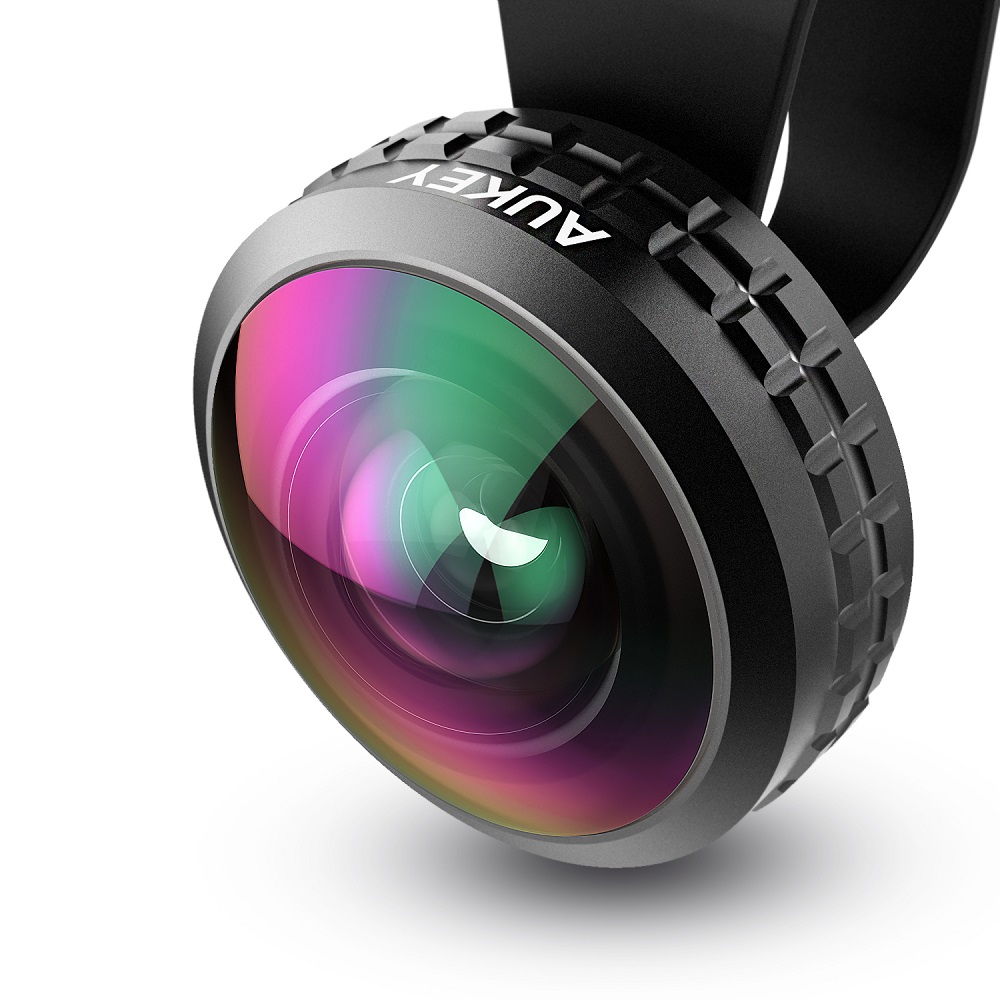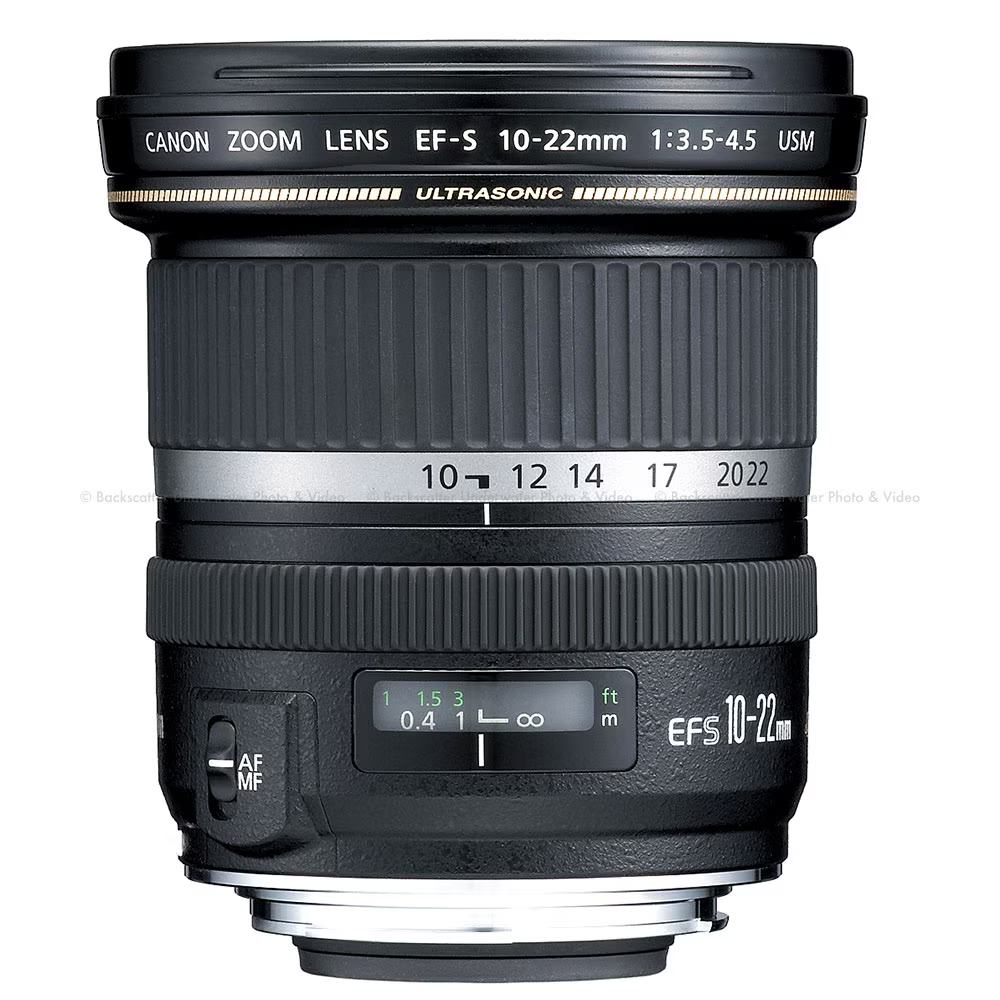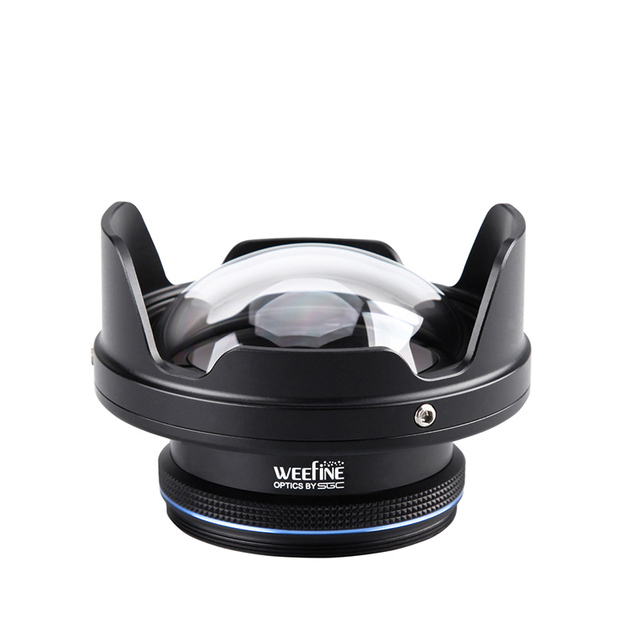Photography is an art form that allows us to capture moments, tell stories, and express our creativity. Whether you are a professional photographer or a dedicated hobbyist, the right equipment can significantly influence your results. One of the most impactful tools in a photographer’s arsenal is the lens. A wide-angle lens, in particular, opens up a realm of possibilities, making it an essential choice for many photographers. In 2024, several wide-angle lenses stand out in the market. This guide will explore the best wide-angle lens of the year and how they can enhance your photography skills.
Understanding Wide-Angle Lenses
What is a Wide-Angle Lens?
A wide-angle lens is defined by its short focal length, allowing for a broader field of view. Typically, a lens with a focal length of 35mm or less is considered wide-angle, while anything below 24mm can be classified as ultra-wide-angle. This type of lens captures more of the scene in a single shot, making it ideal for various photography styles, including landscapes, architecture, and street photography.
Using a wide-angle lens can dramatically alter the composition of your photos. With the ability to capture expansive scenes, it emphasizes the foreground and adds depth to photographs. This unique perspective allows photographers to create dynamic images that draw viewers in and immerse them in the scene.
Advantages of Using Wide-Angle Lenses
There are several advantages to using wide-angle lenses. One of the main benefits is their ability to create a sense of space. In tight environments, such as small rooms or crowded streets, a wide-angle lens enables photographers to capture more of the scene than standard lenses would allow. This makes it an ideal choice for interior shots or tight urban settings.
Additionally, wide-angle lenses have unique artistic effects. They can create stunning distortion, especially at the edges, which can be utilized creatively in photography. Wide-angle lenses allow photographers to experiment with composition, leading to innovative and striking images. The ability to include more elements within the frame often results in visually intriguing photos that catch the eye.

Key Features to Consider
Focal Length and Aperture
When selecting a wide-angle lens, two important specifications to consider are focal length and aperture. The focal length determines how much of the scene is captured and influences the perspective of the photo. Wider lenses, such as those in the 10mm to 20mm range, are great for expansive landscapes, while something in the 24mm to 35mm range may be better for street photography and portraits.
The aperture of the lens affects the exposure and depth of field. A lens with a wider aperture (lower f-stop number) allows more light to enter, making it suitable for low-light situations and creating a shallower depth of field. This can result in beautifully blurred backgrounds while keeping the subject sharp. On the other hand, a smaller aperture is beneficial for landscape photography, where greater detail is needed across the entire image.
Image Quality and Distortion
Image quality is another crucial consideration. A high-quality lens produces sharper images with better contrast and color accuracy. Look for lenses made with advanced glass elements to reduce chromatic aberration and enhance clarity. Many wide-angle lenses have specialized coatings that help minimize flare and ghosting when shooting in bright light conditions.
Distortion is also a common characteristic of wide-angle lenses. Barrel distortion, for instance, can cause straight lines to appear curved. While some photographers may embrace this as a creative effect, others may prefer a lens that minimizes distortion. Choosing a lens with good corrective features can help maintain straight lines in architectural photography and other precision-dependent situations.
Top Wide Angle Lenses for 2024
Canon RF 15-35mm f/2.8L IS USM
The Canon RF 15-35mm f/2.8L IS USM lens is an exceptional choice for Canon camera users. This versatile wide-angle zoom lens offers a focal length range that caters to various photography styles. With a constant f/2.8 aperture, it allows for excellent low-light performance, making it ideal for indoor events or evening photography.
This lens features Canon’s high-quality L-series optics, which ensure stunning sharpness and clarity. It also has built-in image stabilization, helping to reduce blur caused by camera shake. The robust design enhances durability, making it suitable for outdoor use. Overall, the Canon RF 15-35mm is an outstanding option for photographers seeking high performance and flexibility.
Nikon NIKKOR Z 14-30mm f/4 S
For Nikon Z-series camera owners, the NIKKOR Z 14-30mm f/4 S is a top contender. This lens is particularly notable for its compact and lightweight design, making it an excellent choice for travel photography. The 14-30mm focal length is versatile enough for wide landscapes and architectural shots, ensuring that photographers can capture expansive visuals with ease.
The constant f/4 aperture offers consistent performance without compromising on quality. Nikon’s Z-series lenses are known for their superior optical design, which minimizes distortion and chromatic aberration. This lens also features a unique filter thread at the front, allowing for easy attachment of filters—a rare feature for wide-angle zooms.

More Wide Angle Lens Options
Sony FE 16-35mm f/2.8 GM
Sony’s FE 16-35mm f/2.8 GM lens is a premium choice for Sony full-frame users. Its flexibility as a wide-angle zoom lens makes it suitable for various shooting environments. The f/2.8 aperture produces sharp images with beautiful bokeh, allowing photographers to create striking portraits as well as expansive landscapes.
This lens is built with advanced optical elements, including aspherical and extra-low dispersion glass, which significantly reduces aberrations. The result is exceptionally sharp images from corner to corner. Furthermore, the rugged design ensures durability in challenging weather, making it an ideal companion for adventurous photographers.
Fujifilm XF 10-24mm f/4 R OIS WR
Fujifilm’s XF 10-24mm f/4 R OIS WR lens exemplifies quality for Fujifilm X-series camera users. This wide-angle zoom lens covers a focal range ideal for unexplored landscapes and architectural shots. The constant f/4 aperture provides consistent exposure throughout the zoom range, ensuring reliable performance.
This lens features optical image stabilization, which is particularly beneficial for handheld photography in low-light conditions. The weather-resistant construction enhances durability, making it suitable for outdoor environments. Fujifilm’s lenses are renowned for their image quality, and the XF 10-24mm is no exception, delivering sharp images with vibrant colors.
Tips for Using Wide Angle Lenses
Composition and Perspective
When using a wide-angle lens, composition is everything. Wide-angle lenses tend to exaggerate depth and perspective, making foreground elements appear larger and more significant. Consider how to use this effect to your advantage in your compositions, emphasizing interesting foreground details to lead viewers into the image.
Be mindful of leading lines, as they can create dynamic compositions. Incorporate paths, fences, or architectural elements that draw the eye toward the subject. Additionally, be cautious of distortion when photographing people. Position the subject further back from the lens to minimize distortion in their features, ensuring they appear more natural.
Experimenting with Angles
Creativity is essential when working with wide-angle lenses. Don’t be afraid to experiment with various angles and viewpoints. Shooting from a low angle can emphasize the height of the subject, while high perspectives can create dramatic visuals. Try tilting the camera for a more dynamic shot; this can lead to captivating compositions that keep viewers engaged.
Moreover, capturing interesting details and textures up close can yield extraordinary results. Allow the lens to showcase elements that might go unnoticed with a standard lens. Embracing experimentation will enhance your photography and help you develop a personal style that reflects your vision.

Maintenance and Care
Cleaning Your Lens
Proper maintenance is vital for ensuring the longevity of your wide-angle lens. Regularly inspect the glass for dust, fingerprints, or smudges. Use a blower to remove loose dust particles and a microfiber cloth to gently wipe the lens. Avoid using abrasive materials, as they can scratch the delicate glass surface.
Consider utilizing UV filters to protect your lens. These filters help guard against scratches and stray light, potentially enhancing image quality. However, when using filters, ensure they are of high quality to avoid compromising your lens’s performance. By caring for your lens, you can maintain its optical integrity and prolong its life.
Storing Your Lens
When not in use, proper storage is essential. Store your wide-angle lens in a padded camera bag or dedicated lens case to prevent damage. Keep the lens in a cool, dry place away from excessive humidity or temperature fluctuations.
Consider using silica gel packs in your storage area to absorb moisture, protecting your gear from mildew and fungus. If the lens has a removable hood, keep it attached during storage for added protection. By taking these precautions, you’ll ensure your investment is safe and ready for your next photography adventure.
Elevate Your Photography with a Wide Angle Lens
Wide-angle lenses are invaluable tools for photographers looking to enhance their skills and creativity. In 2024, a variety of exceptional options are available that cater to different camera systems and preferences. From the Canon RF 15-35mm to Nikon NIKKOR Z 14-30mm, photographers have numerous choices for achieving stunning results.
By understanding key features and considerations when selecting a lens, you can make informed decisions tailored to your needs. With creativity, practice, and attention to detail, you can master the art of wide-angle photography. Experimenting with angles, composition, and technique allows you to capture stunning images that resonate with viewers.
Investing in a quality wide-angle lens can revolutionize your photography journey. Take advantage of the trends and innovations available this year, and elevate your skills to new heights. Embrace the challenges and joys of wide-angle photography, and capture breathtaking moments that tell your unique stories!
